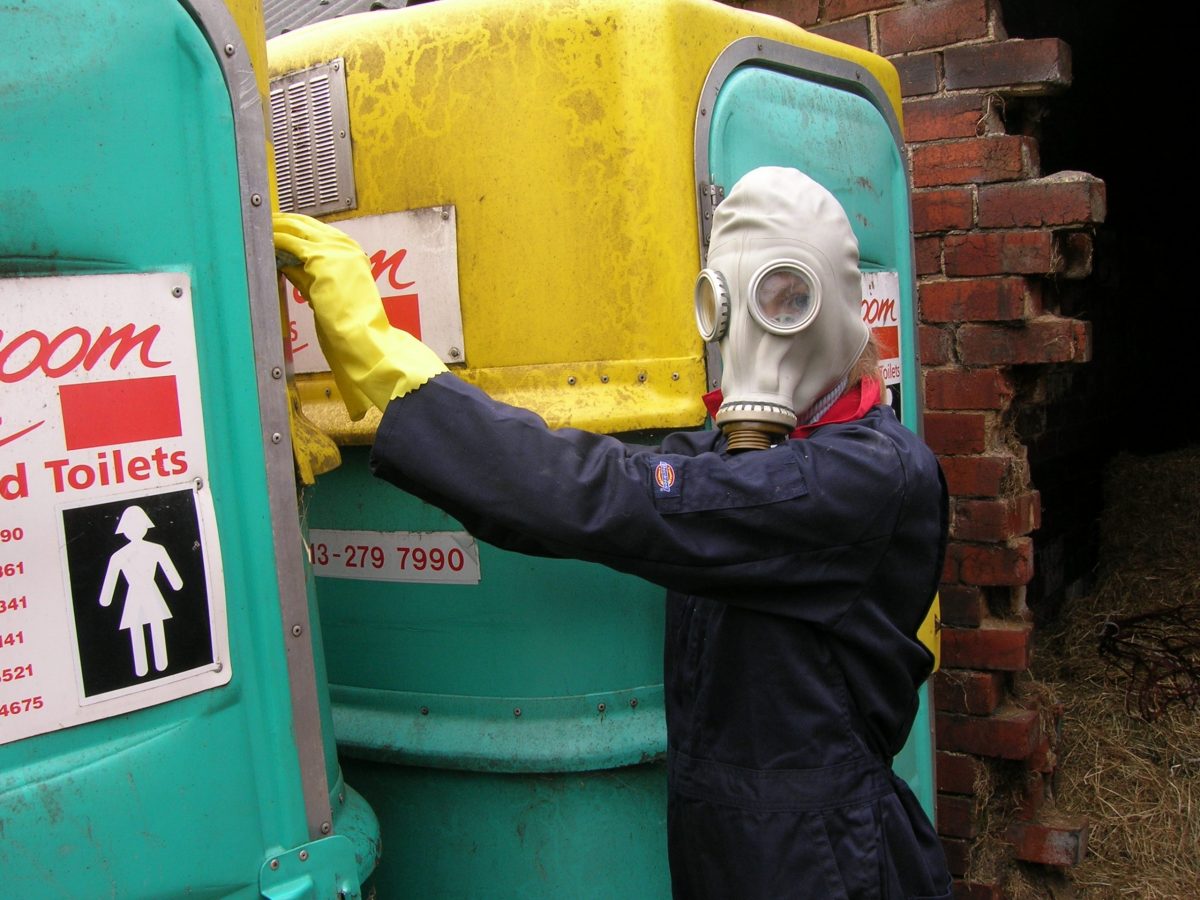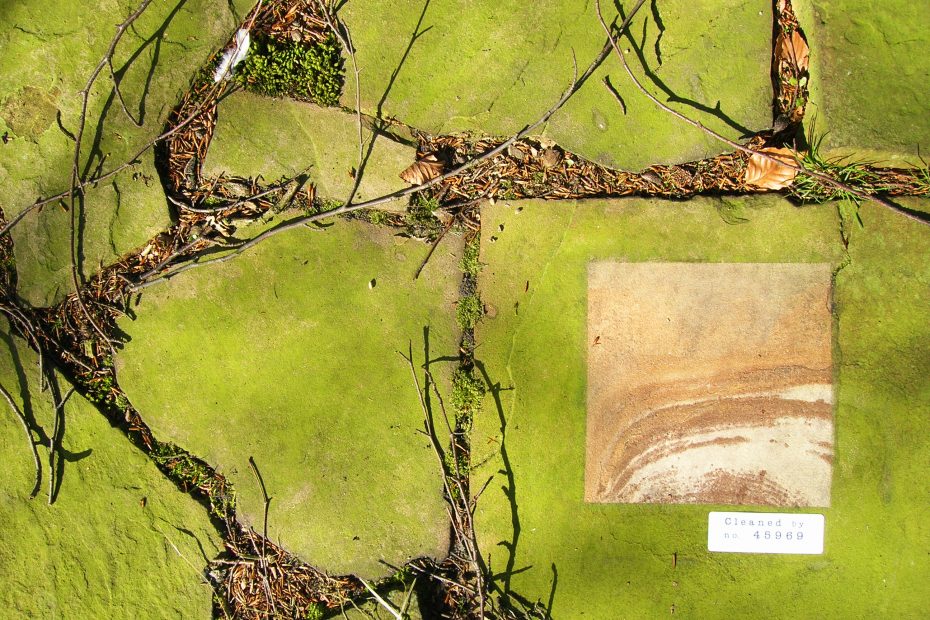3-A Gallery, CICA Museum
September 29 – October 3, 2021
Cleaning Squares
Obsession – unstoppable, unbendable, unbreakable.
“Over 15 years since Jackson cleaned and labelled her first square on top of a portaloo in Leeds, the work had become bizarrely prophetic as the world stood together shaken by the global pandemic – newly alive to the surfaces we touch, the world in which we live, and what constitutes as ‘clean’.”
Between 2005 and 2008 over 1,000 different squares were cleaned across the world. Daily, dice were rolled to determine time and location. Within these parametres perfect squares, the length of the artist’s feet, were cleaned and labelled with the time and date of the job.
It was (and remains) the endless strive for an impossible perfection.
In the depths of every human psyche lurks immutable fears. These uncertainties manifest themselves in variations of erratic and irrational behaviour. Often, in an attempt to control these fears control is subsequently lost.
In 2020, the work became bizarrely prophetic as the world stood together, shattered and confused about the next steps amidst the global pandemic. Jackson began to reconsider this piece in the world we found ourselves in.
The project is an ongoing performance and ephemeral street art piece. The character is a genderless embodiment and manifestation of insanity, known as no. 45969. Though it’s appearance occasionally changes it remains covered and speechless as it travels to canals to polish pavements, hangs out in urine-filled alleyways and it loiters outside art galleries, scrubbing out decades of pollution.
The piece highlights our lack of control and life’s absurdities as it turns something as mundane as cleaning into a peculiar ritual. In the world we now find ourselves in, we cannot simply crave a “return to normal”, we must tread lightly along new paths. As the planet falls apart and we get greed delivered to our doors in little brown parcels of incorporeal joy, the artist asks us: “do we really need more stuff in the world?”
Perhaps if we try a little harder, we can wipe the pollution away.
Jacqueline Amy Jackson (b. 1986) is an Artist, Curator and Climate Change Specialist based in East London.
Jackson studied at the Ruskin School of Drawing and Fine Art at the University of Oxford, 2005 – 2008 achieving a scholarship and a 1st class degree. She later returned to The Smith School of Enterprise and the Environment to read Sustainable Finance.
She is a Conceptual Artist with 15 years’ experience blending philosophy, nature and science to create meticulous immersive experiences in traditional galleries and unconventional spaces. Her work includes street art, happenings, photography, drawing, painting and found objects.
Jackson explores issues such as climate change, consumerism, mental health, social inequalities and critically, how these themes are inextricably linked. Her work often exists outside of the ‘white cube’ and inside the communities it touches.
Experience spans art commissions for Kensington + Chelsea Art Week to public speaking on climate change. Her work has been featured in the Times, Art World Magazine, Modern Art Oxford, Time Out and The Tate Britain. She has won the Funnel Vision Prize and Pirye Prize and was nominated for The Creative Green Awards.
“I am a conceptual artist and known for my work in responsible investment (an important part of my activism). Recognising the tragedies of the human condition in the Hypercapitalst Era, I seek to challenge critical environmental and socioeconomic issues.
I create street art, installations and participatory events which encourage us to pause and reflect. My work engages with stakeholders through borderless participation and aims to create a net positive impact and minimal environmental footprint.
My objects of art are conceptual in nature, treading lightly and consciously on the planet. Though they comment on grotesque art movements it takes a departure from them. Stepping back from the making of the celebrity YBAs (a product of the greed emerging from 80’s capitalism) my work takes solace in minimalist conceptualism”

